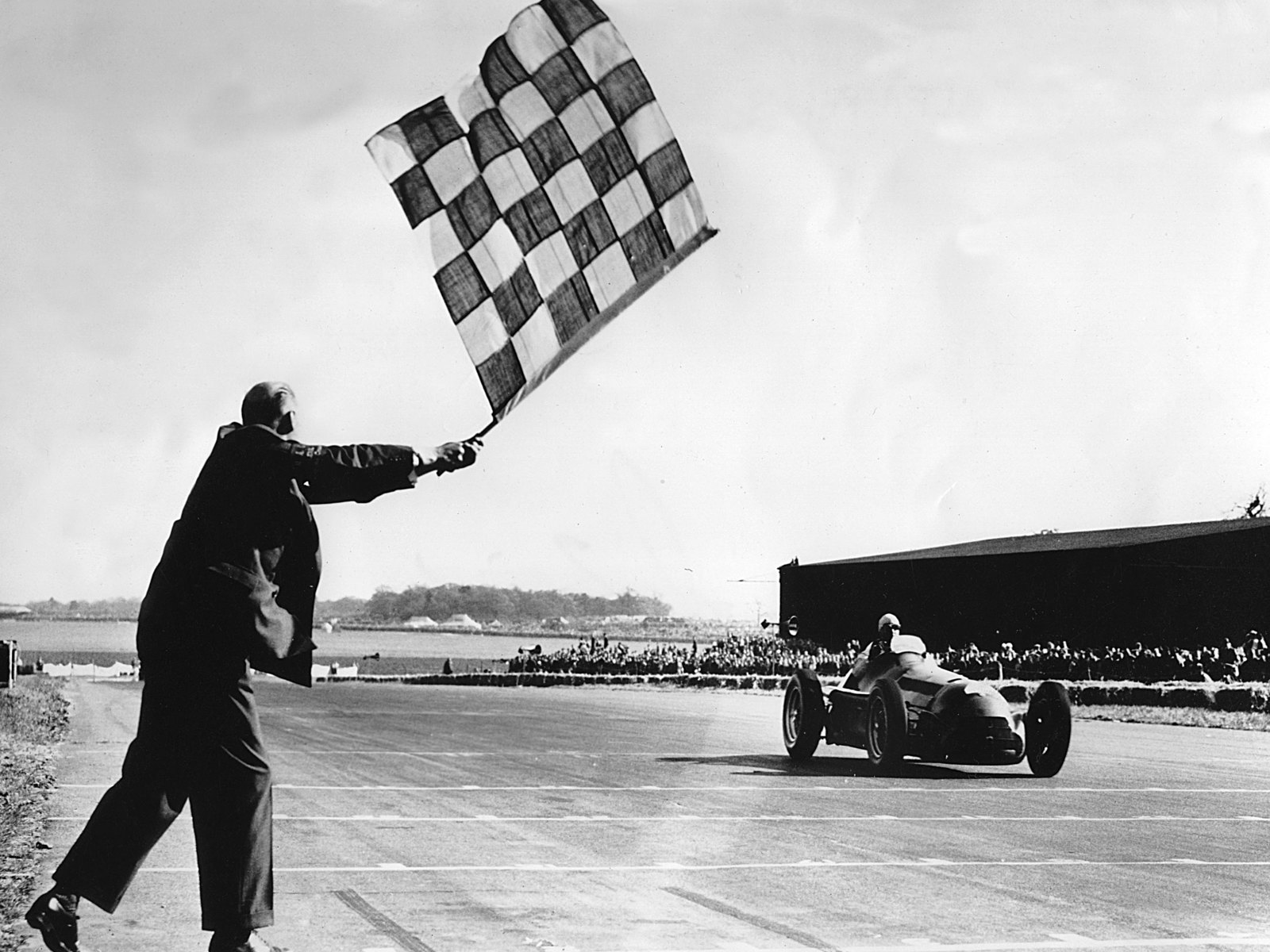
75 Years of the World Drivers' Championship
Formula 1, as we all know it today, has been around for 87 years, having been established by the Association Internationale des Automobile Clubs (A.I.A.C.R) in December 1937, to commence as of January 1938. This has been established as up until then, motor racing had been “free formula” with all sorts being “ok”. The establishment of a Grand Prix racing formula was viewed as essential, and it was announced to run 1938-1939 and 1940. World events prevented this, and it was picked up again in 1946 as the Grand Prix Formula One and ran until 1951, when changes were made. But, crucially for this exhibition, it was the rules in force for the launch of the Drivers' World Championship, whose first race was at Silverstone in May 1950 – The Grand Prix D’Europe.

The Grand Prix d'Europe Silverstone 1950 National Motor Museum Film and Video
75 years ago, on the 13th May in 1950 spectators gathered at Silverstone in Northamptonshire to witness that year’s British Grand Prix. It was first race in the newly created #Formula1 World Championship of Drivers. Italy’s Guiseppe ‘Nino’ Farina won in an Alfa Romeo.
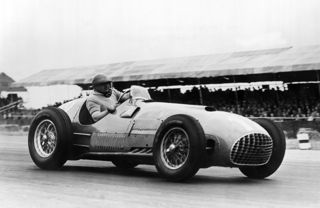
The Formula was old at that point and after two seasons, dominated by Alfa-Romeo, delivering Dr Farina and Juan-Manuel Farina a Title each, the World Championship dropped down to the International Formula Two and ran as that for two years – delivering the first pair of titles for Ferrari, and the only two of Alberto Ascari’s career.
At the resumption of the Formula One rules for the 1954 season, British teams were caught somewhat cold and Fangio dominated this era, winning for Maserati (twice), Mercedes-Benz and Ferrari, to take his career tally to 5 titles. The first British Driver to win the World Championship was Mike Hawthorn who secured the 1958 title, beating Stirling Moss by a single point, in his Ferrari.
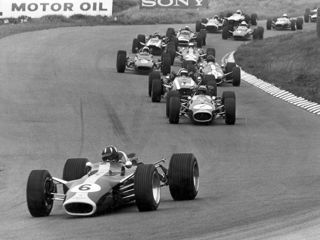
1959 and 1960 brought the start of the British dominance of the sport with Jack Brabham taking back-to-back victories for Cooper. The 1960s were dominated by B.R.M and Lotus, with Ferrari managing just two title wins. This was the era of Colin Chapman, Jim Clark and Graham Hill, with Jack Brabham making history by winning in a car of his own construction, and proving it was no fluke with Denny Hulme taking his title in the sister car the next season. Phil Hill and John Surtees kept the Ferrari name in the mix, but internal politics saw them fall away for almost a decade.
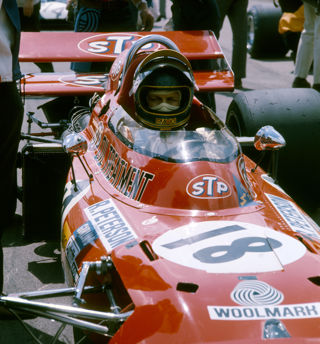
As the 1960s turned into the 1970s, Jackie Stewart and Ken Tyrell secured a trio of titles, Stewart retiring after 99 Grands Prix, having secured his third title, but witnessing his teammate and great friend loose his life racing. Jackie felt the price was too high to pay and walked away from competitive driving.
In the remainder of the 1970s Ferrari returned to their winning ways after a gap of 11 years, when Nikki Lauda took the first of his two wins for the Scuderia. Lotus remained competitive with the only posthumous World Champion in Jochen Rindt and McLaren finding their feet and winning titles for Emmerson Fittipaldi, Mario Andretti and James Hunt. Jody Scheckter closed the decade with a Ferrari title, their last until the Schumacher era.

The 1980s opened with the dominance of Williams. Alan Jones took the 1980 title to be followed as a Williams’ title holder that decade by Keke Rosberg and Nelson Piquet. Brabham returned strongly, with a certain Bernie Ecclestone in charge, with two titles for Piquet. In truth the decade was dominated by Alain Prost and Ayrton Senna who secured four titles between them, McLaren’s fifth being secured by a returning from retirement Nikki Lauda. Ron Dennis, a former Brabham mechanic, being the mastermind behind the McLaren successes of the 1980s and 1990s. This was the first decade without a Ferrari Championship title success.
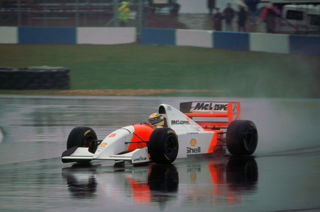
The 1990s were opened by back-to-back titles for Senna, in the McLaren, followed up by a run for Williams, driven by Nigel Mansell, Alain Prost, Damon Hill and Jacques Villeneuve. The only blot for the Grove, Oxfordshire team was the two years when Michael Schumacher took a brace of titles for Benneton. The other two 1990s titles were secured by Mikka Hakkinen at McLaren in 1998 and 1990. Schumacher swapped teams to Ferrari and took several seasons to mould the Scuderia to his liking. His time would come once more.
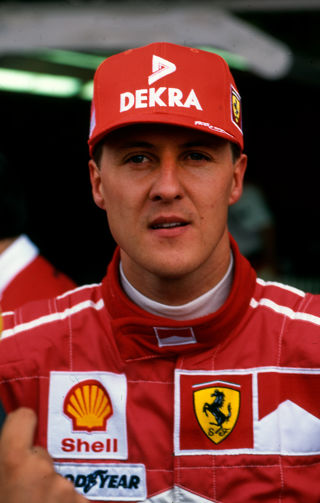
2000 to 2004 saw Michael Schumacher completely dominate Formula One. He too five back-to-back titles, and would have had six had he not punted Villeneuve off the track in Spain and been disqualified from the entire World Championship, and broken his leg at Silverstone in a crash. This event “should “ have led to Eddie Irvine taking the title, but Ferrari seemed too shocked at the loss of Schumacher to react. The 21st century would see no deviation of focus. Fernando Alonso secured his brace of titles with Renault and Kimi Raikkonen took his sole title for Ferrari in 2007. Lewis Hamilton’s run of titles started with McLaren in 2008, and Jenson Button secured the 2009 laurels with Braun – the most statistically successful team in Grand Prix racing since Alfa-Romeo dominated the first two years of the Driver’s Championship – 1 season entered, a Driver’s and Constructors’ championship secured.
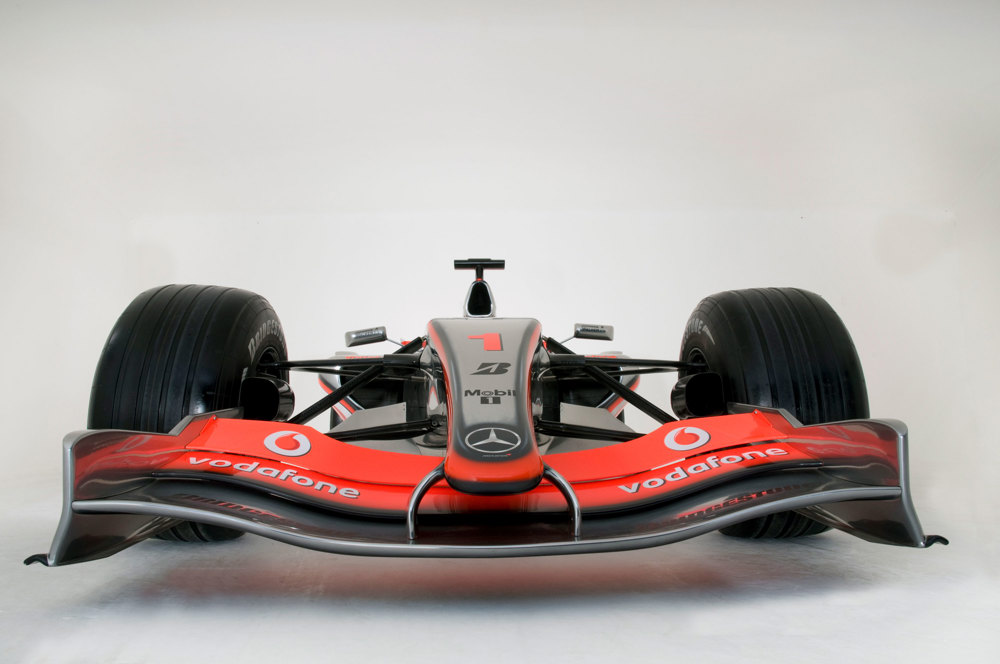
2010 saw the start of another dominant run with Sebastian Vettel taking the first four tiles of the decade with Red Bull Racing. He passed the baton to Lewis Hamilton who, now Mercedes mounted, took the 2014 and 2015 laurels. His teammate Nico Rosberg, Lewis’ friend and rival since karting days, took his sole title in 2016, Lewis returning to dominance for the 2017, 2018 and 2019 seasons.
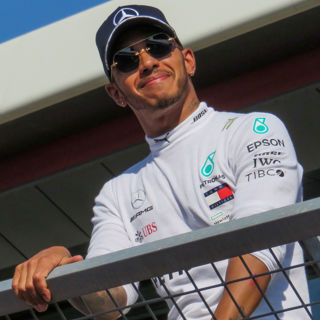
2020 saw the last of Lewis Hamilton’s titles with Mercedes Benz and ushered in the 2021 to 2024 Max Verstappen era. As this is written, young guns like Oscar Piastri and Lando Norris leading a resurgent McLaren, who secured the 2024 Constructors’ title have shared the spoils in the 2025 drivers’ race, although victories from Verstappen at Red Bull and a now Ferrari mounted Lewis Hamilton serves notice that there is life in the old dogs yet!
Book tickets to see Icons of Formula 1
Book tickets to visit the National Motor Museum and see Icons of Formula 1 display. One tickets includes the display, museum and all the other attractions of Beaulieu.
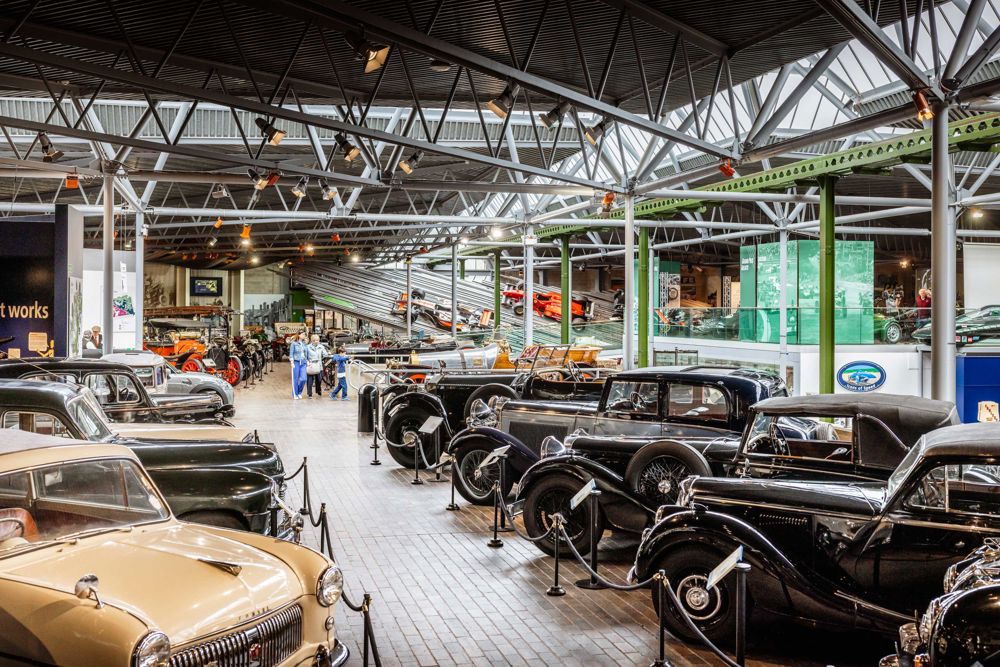
Subscribe for updates
Get our latest news and events straight to your inbox.